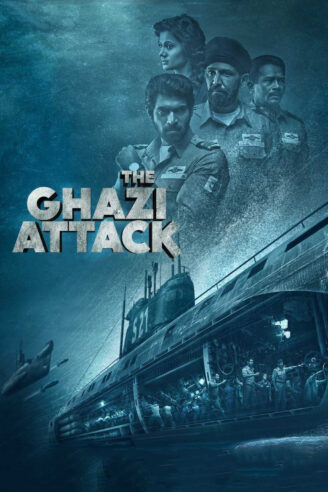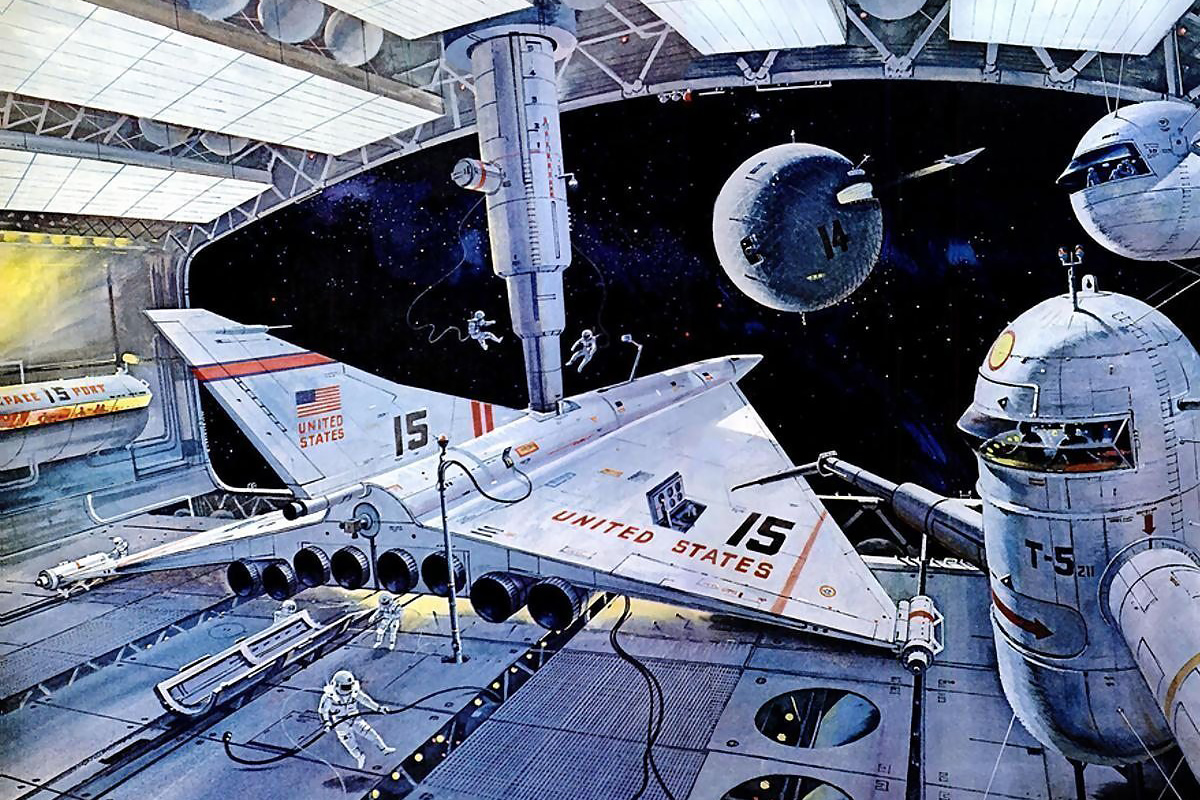Western audiences tend to give short shrift to Indian cinema. When we think of films from the country, we imagine massive Bollywood extravaganzas with strangely written romances and oddly placed songs (by our standards, of course; India has different norms than we do). But Indian film is far more diverse. Submarine buffs will be interested in the 2017 war movie The Ghazi Attack, directed by Sankalp Reddy.
The film is set during the Indo-Pakistani War of 1971, an intervention by Indira Gandhi into Pakistan’s genocidal war against the breakaway province now known as Bangladesh. Bangladeshi refugees poured into India, spurring the latter into war. The Ghazi Attack dramatizes the sinking of the Pakistani submarine Ghazi. The result is a subcontinental take on The Hunt for Red October.
The beginning is simple: the Pakistanis have sent the Ghazi into the Bay of Bengal, possibly to destroy the Vikrant, India’s only aircraft carrier. Understanding the gravity of the situation, the Indian Navy deploys the Karanj to search for — but not engage in hostilities with — the Ghazi.
This film gives you an interesting look into the inner workings of the Indian Navy, which is not dissimilar from military institutions in the West. You have the long-used subplot of disputes between the commander of the ship and the representative of the Eastern Naval Command in a version of the “good cop gone rogue” plot beloved by Western police procedurals. Interesting to the Western viewer is how much English is used in this film, despite the Hindi audio version I watched, by both Indians and Pakistanis, hinting at the diversity of both countries and the need for a lingua franca.
The isolation of being under the sea, far from the coasts, is used superbly. The isolation of the characters aboard the Karanj makes their power struggle all the more dire, for they have no ability to talk to headquarters in Visakhapatnam.
It also highlights the cruelty of such a situation; the submarine’s physical limits are constantly tested, sometimes to disastrous results. Most poignantly is a scene involving the sinking of an Indian merchant ship.
The character work in the action sequences is more compelling than the action itself. The submarines lob torpedoes at each other, as submarines do. This is rendered very obviously by CGI.
One could read a good deal of chest-thumping nationalism into this film, and not unjustly. In reality, the cause of the sinking of the Ghazi is in dispute. The Indians claim their navy sunk it. The Pakistanis insist it was an internal failure. The film clearly takes the pro-Indian position. It is a bit jarring at first, but war films are no strangers to myth-making.
The Ghazi Attack is a heart-pounding war thriller whose only failure in Western eyes is that it was not produced in Hollywood or Europe.





